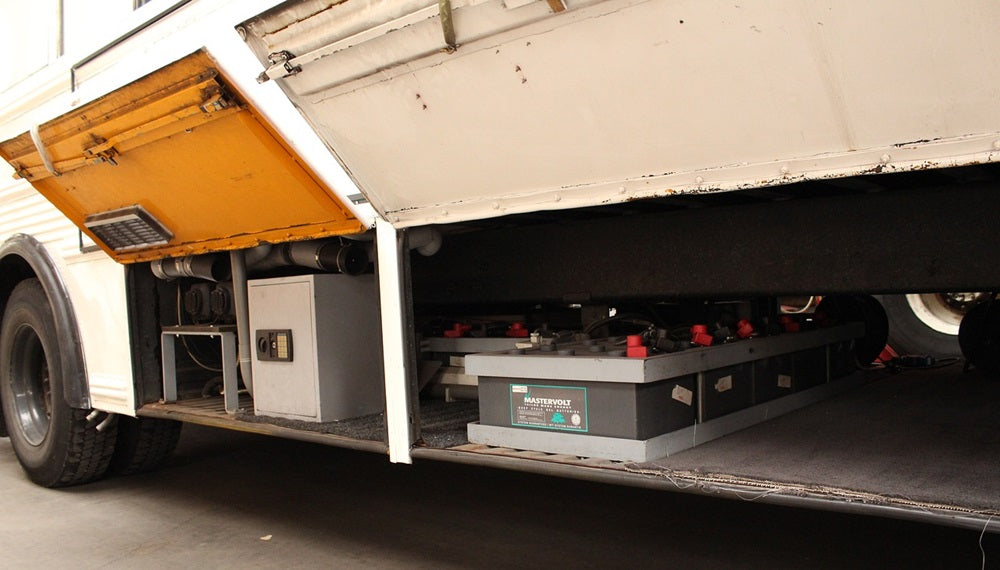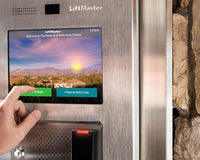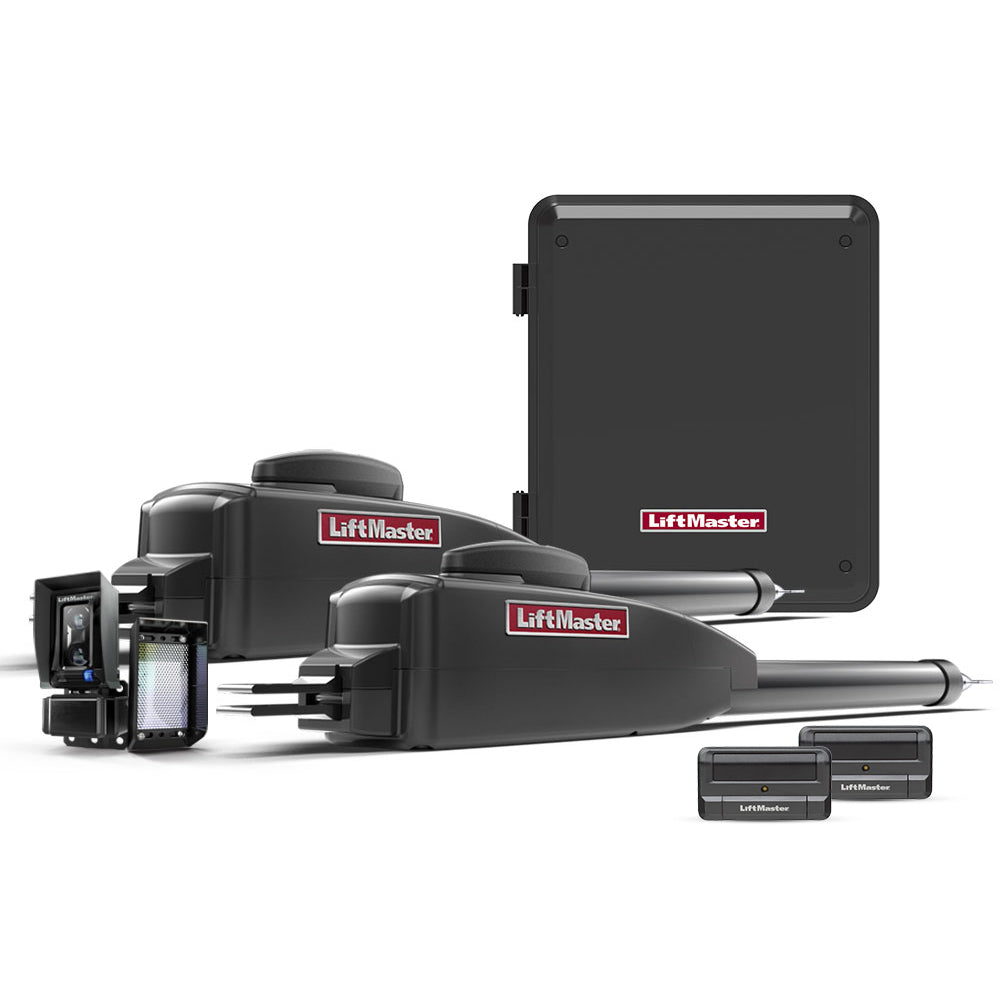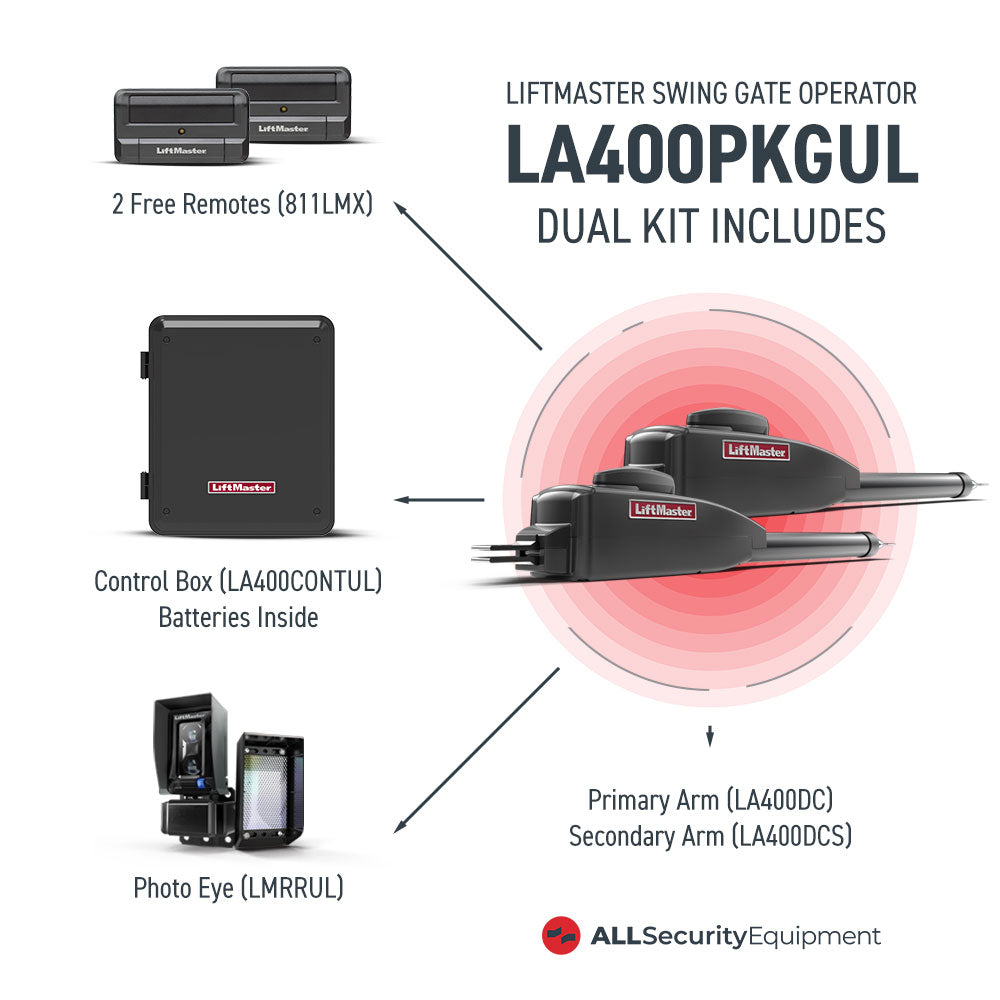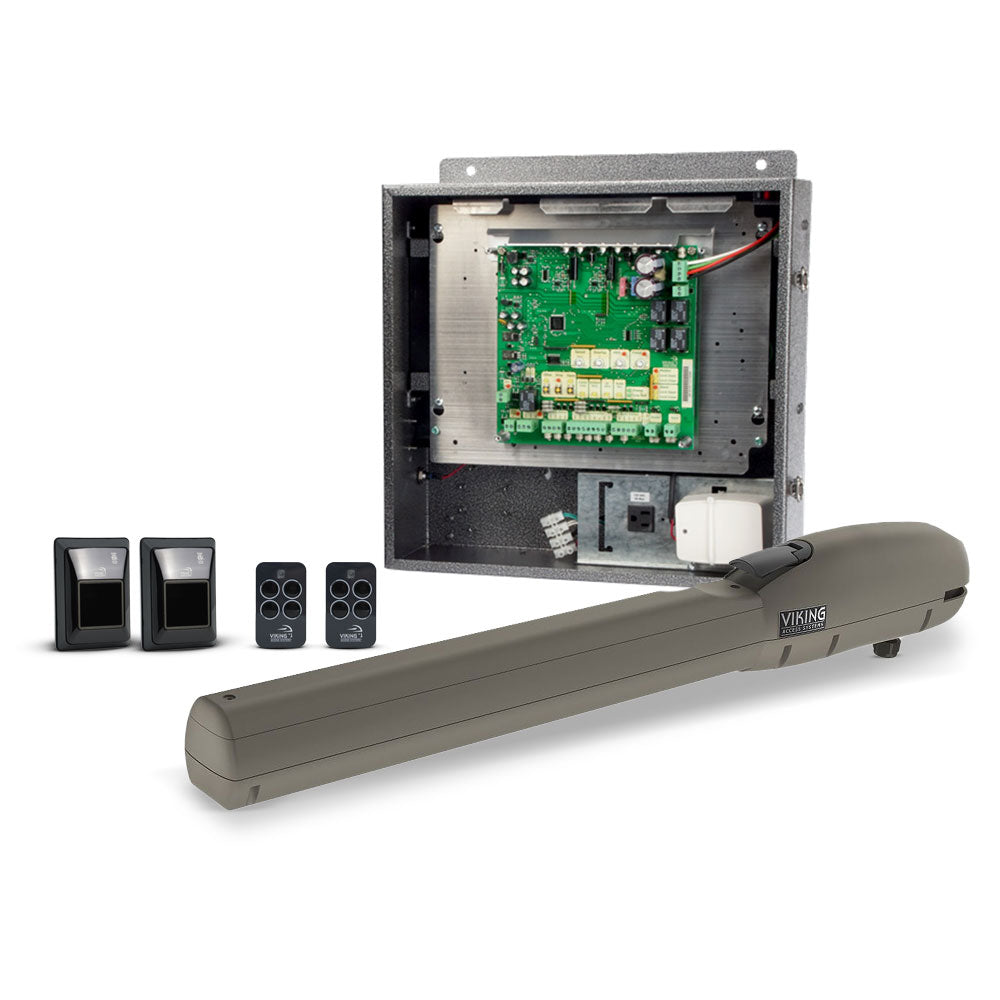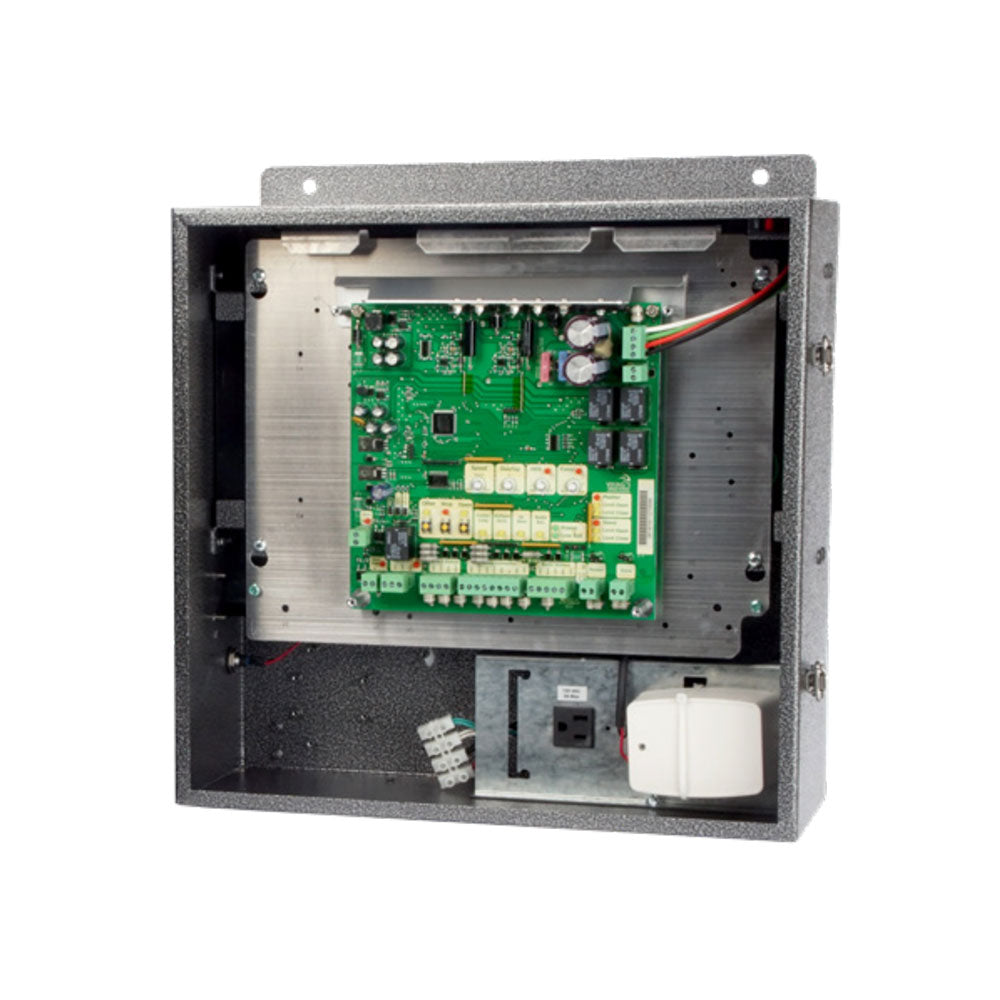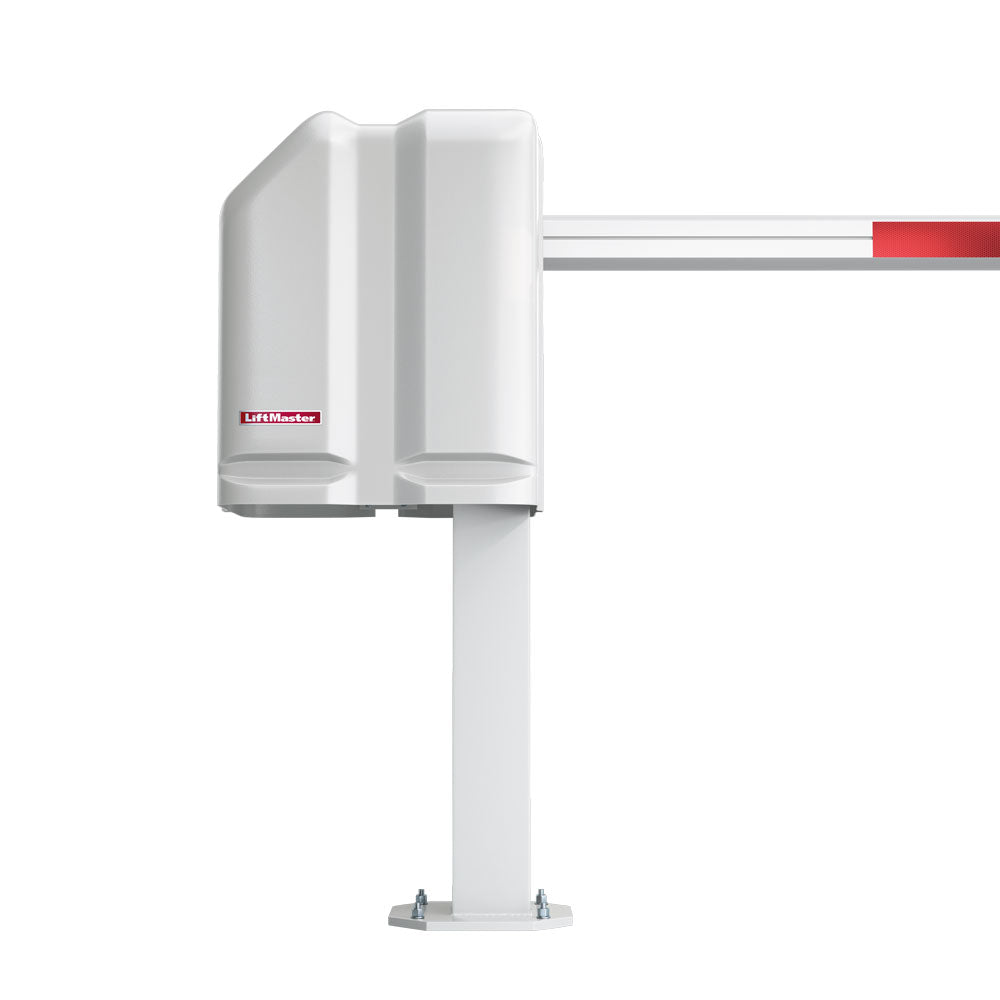Solar power systems are becoming increasingly popular in most homes and organizations as the chosen and accepted way of generating clean and sustainable electricity.
However, a major component required to make solar power systems a viable option, especially for people in areas with inconsistent sunlight, is a solar power battery bank.
The battery bank essentially stores excess solar energy during peak production times. This allows you to use the stored power even after the sun has gone down or during a cloudy day.
Optimizing your battery bank’s performance is critical to ensuring that you get the most out of your solar energy installation.
This article discusses solar power battery banks, providing practical tips on the best ways to optimize their performance, lifespan, and overall efficiency.
Understanding Solar Battery Banks
The first thing you need to do is to understand what solar battery banks are. A solar power battery bank consists of multiple deep cycle batteries connected in series or parallel, depending on the desired voltage and capacity requirements.
Deep Cycle Batteries
Unlike car batteries, which are specially designed to provide short bursts of high power, deep cycle batteries are designed to allow frequent charging and discharging cycles.
This feature makes them more durable and can survive repeated deep discharges without significantly reducing their lifespan.
Battery Capacity
Battery capacity is measured in Amp-hours (Ah), and this represents the total amount of current a battery can deliver over a specific period. For example, a 100Ah battery can deliver up to 1 amp of current for 100 hours or 5 amps for 20 hours, in theory.
In reality, certain inefficiencies might reduce the total number of hours your deep cycle battery can work for.
Depth of Discharge (DoD)
Depth of discharge is the percentage of the battery’s capacity that can be safely used/discharged without causing any damage. Most manufacturers recommend staying within a DoD range of 20-50% to maximize battery life.
This is because discharging a battery beyond its DoD can significantly reduce its lifespan.
Optimizing Your Solar Power Battery Bank
Provided below are some of the tips that can help you ensure that your solar battery bank operates as efficiently as possible and provides optimal performance for several years:
Sizing Your Battery Bank
You need to determine the correct size of batteries required for your battery bank. Some of the factors to consider when making this decision include:
- Daily consumption habits
- Average sunlight hours in your location
- The desired level of backup during power outages
We recommend that you consult a qualified solar installer or use online battery calculations to help determine the correct capacity for your energy needs.
Choosing the Right Battery Type
The next step is choosing the right battery type for your solar power battery bank. Different types of deep cycle batteries offer varying lifespans and discharge rates. Some popular options include:
Flooded Lead Batteries
These types of batteries are the most affordable options, but they require regular maintenance (by adding water), and they typically have a shorter lifespan.
Sealed AGM (Absorbed Glass Mat) Batteries
Sealed AGM batteries are maintenance-free, and they offer a longer lifespan than flooded lead-acid batteries. The only caveat is that they come at a higher cost.
Lithium Ion Battery
The lithium battery is considered a holy grail of deep-cycle batteries as they offer the longest lifespan, the highest discharge rates, and are lightweight. However, they come with a significantly higher price tag than flooded lead batteries and sealed AGM batteries.
Make sure that you consider factors like your budget, the desired lifespan of your solar system, and maintenance preferences before settling on a battery type for your system.
Proper Charging and Discharging
The key to maintaining a healthy solar battery bank is maintaining a healthy charging profile. Most solar power systems use a solar charge controller to regulate the charging voltage of your solar batteries and prevent overcharging, which can damage your batteries.
Temperature Management
When batteries of any kind are involved, temperature is always a concern. Extreme temperature can significantly impact your battery’s performance and lifespan.
It is recommended that batteries should be stored in a cool, dry environment with temperatures ranging between 50 degrees Fahrenheit (10 degrees Celsius) and 77 degrees Fahrenheit (25 degrees Celsius).
If it is possible, locate your battery bank in a climate-controlled area or consider putting your solar battery bank in an enclosure with built-in ventilation.
Monitoring and Maintenance
Even with batteries like the lithium-ion batteries or the Sealed AGM batteries, you still need to ensure a certain level of maintenance.
You must regularly monitor your battery bank’s performance to ensure maximum efficiency. Thankfully, most solar power systems have displays that provide information on battery voltage, current, and discharge depth.
Check these readings regularly immediately after your solar power system is installed. This way, you can quickly detect any abnormal readings or deviations from the usual behavior you observed early on.
In the case of flooded lead-acid batteries, you must carry out periodic maintenance, like checking electrolyte levels and topping off the water levels. You should consult your manufacturer or installer on the recommendations for the specific battery type you eventually choose.
Expanding Your Solar System
In some cases, your energy needs might evolve and grow beyond your initial needs, and you may have to consider expanding your solar power system by adding additional battery capacity.
It is important to make sure any new batteries you add are compatible with your existing system. Also, you must make sure your inverter can utilize the increased energy storage before upgrading your solar battery bank.
Consult a verified installer to help you evaluate your existing solar system before carrying out any upgrades.
Additional Considerations
Battery Recycling
Any form of battery should be recycled due to the amount of toxins that they contain. A deep cycle battery contains hazardous materials and requires proper disposal at the end of its life cycle. Explore the battery recycling options in your area to ensure environmental responsibility.
Safety Precautions
You must always follow safety precautions when working with batteries. Make sure you wear the appropriate personal protective equipment (PPE), like gloves and safety glasses, when maintaining your solar power bank.
- Avoid sparks or flames near your solar battery bank, as hydrogen gas can be emitted during charging, which can create an explosion hazard.
- If you notice any type of leaking, bulging, or excessive heat coming out of your battery bank, turn off your solar system immediately and consult a qualified technician.
Get Batteries That Last From All Security Equipment
You can maximize the efficiency and lifespan of your solar battery bank and system by optimizing your solar power battery bank.
If you follow the tips in this article, you are more than likely to get the most out of your investment and reduce your overall reliance on the national grid. Also, you get to contribute to a cleaner and more sustainable future.
In this article, we have shown that solar power batteries are the heart and soul of your solar system, alongside the inverter system. Therefore, it is critical that you get the best solar power battery bank for your inverter, and this is where All Security Equipment comes in.
All Security Equipment provides consultation services, installation services, and the sale of solar power batteries and premium inverter systems required to ensure you can live comfortably off the grid.
We understand that the energy needs of every home and organization vary wildly, and what works for one client may not work for another.
When you decide to work with All Security Equipment, our team of expert engineers and technicians work with you to ensure that your solar-powered inverter system can handle all your energy needs and more.
Once your energy needs are determined, our team of experts will handle everything from cost estimation to component sourcing, installation, and maintenance (optional).
All you have to do is sit back and have your entire solar-powered inverter with deep cycle batteries installed as agreed.
Contact us today to book a consultation session!Narcis Bejticst

